Work: Wrestling festival at Het temple (Thai Thuong - Thai Thuy) - nguyenphucanhvapa@yahoo.com. Beautiful photos of Thai Binh tourism .
As a province bordered by rivers on three sides and the sea on one side, it has the strategic position of a coastal area with large river mouths of the Red River, Tra River, Diem River, Luoc River... so in the history of building and defending the country, the land now belonging to Thai Binh province has been identified as one of the important gateways of the Fatherland.
During the patriotic wars, thousands of years of fighting against all foreign enemies, generations of Thai Binh residents had to fight against invading armies and pirates from the sea entering the river mouths to attack deep inland. "The waves of Cua Tra, the ghosts of Cua Ho" were once the terror of many invading armies coming to Vietnam. Because of this strategic position, many uprising leaders during the Northern domination period and feudal dynasties paid attention to building defense forces on Thai Binh land.
Going back in history, from the bronze arrows and spearheads found in ancient villages, the marks of fortifications scattered in many villages, place names such as Tran wharf, Dong Quan battle, La Co road, Don Ca, Don Nhi, Van Don, Luu Don, Quan Chay... The flag dances, stick dances, sword dances, letter pulling dances, boat racing, rice cooking competitions, the sacred stories, royal decrees, large characters, parallel sentences, and sacrificial objects still circulating in each village are all associated with the stories of the wars with each village. If we collect and gather all the above elements, with military history knowledge, we can also sketch maps of each resistance war from the time of Hai Ba Trung to the modern era with the names of places, villages, and ways of fighting the enemy associated with the martial arts of the villages.
Since the beginning of the Christian era, the fierce anti-Han situation in many villages and communes in the districts of Hung Ha, Vu Thu, Quynh Phu, Dong Hung, Thai Thuy has been described in relatively detail in the sacred texts and over 30 villages still have communal houses, temples, shrines, and shrines to worship the heroic soldiers who fought against the Han during the time of the Trung Sisters, most of whom were born in the fields of Thai Binh.
In the 6th century, the hero Ly Bi chose the rugged land now in Thai Binh to raise an army to fight against the Liang invaders and establish the Van Xuan nation. The vestiges of the ancient fortifications built by Ly Bi are now only preserved through place names in ancient villages. According to the sacred records at Hai Thon Temple, An De Village (Vu Thu), Hau Tai Village Communal House, Chang Temple in Phuong Dai Village (Dong Hung), Tu Cac (Thai Thuy) and many ancient villages in Hung Ha, Quynh Phu... we can somewhat imagine the system of fortifications that Ly Bi built in Thai Binh.
In the 10th century, Bo Hai Khau, now part of Thai Binh city, was a dangerous military area. When the country was in chaos with 12 warlords, Tran Lam occupied this land and became the strongest warlord with the strategy of gradually annexing the other warlords. Knowing that Bo Hai Khau was dangerous and Tran Lam's forces were powerful, Dinh Bo Linh from Hoa Lu sought refuge there to seek his throne. According to the genealogy of Lac Dao temple (Thai Binh city), Dinh Bo Linh gathered thousands of displaced people and joined forces with Tran Minh Cong (Tran Lam) to eliminate 11 warlords. This genealogy also describes Tran Lam's recruitment of troops, storage of food, and construction of Ky Bo citadel. Also during this period, in the land now belonging to Son Ha and Thai Phuc communes (Thai Thuy), there was a place called Dan Nhai seaport where traces of the Dan Nhai citadel built with a type of brick called Giang Tay Quan and Giang Tay Chuyen (10th century) were still found...
The most notable martial tradition of Thai Binh is that from the end of the 12th century in the Hai Ap area (Hung Ha), the residents here devoted themselves to helping the Tran family to pursue the imperial career. In 1209, the Quach Boc rebellion broke out in Thang Long capital, King Ly Cao Tong had to flee to Quy Hoa (Vinh Phuc), Prince Sam was taken by the court to take refuge at Tran Ly's house in Hai Ap area. Here, Prince Sam married Tran Ly's daughter Tran Thi Dung. Tran Ly was given the title Minh Tu and together with his brothers and descendants of the Tran family gathered local soldiers to suppress the Quach Boc rebellion and escorted the king and the prince back to the capital. In 1210, Prince Sam ascended the throne as Ly Hue Tong, welcomed Tran Thi Dung to the court and appointed her as Nguyen Phi, then appointed her as Queen, giving birth to Princess Chieu Thanh. In 1224, King Ly Hue Tong was seriously ill, Chieu Thanh ascended the throne as Ly Chieu Hoang. The following year (1225), Tran Thu Do and Tran Thi Dung, along with the Tran brothers, orchestrated the transfer of the dynasty from the Ly family to the Tran family.
When the dynasty was first established, the trusted troops protecting the capital were recruited by the Tran Dynasty from the villages of Long Hung Road and Kien Xuong Prefecture. To prepare a long-term defense strategy to protect the country, the Tran Dynasty soon took care of reserving military forces in the villages according to the policy of "Ngu binh u nong". This policy proved to be very effective when the Yuan-Mongol army invaded.
From Long Hung land, the Tran family founded the dynasty and this land was both a solid rear base and a dangerous defense line against the Yuan-Mongol invaders. When the fierce invaders invaded, the Tran dynasty deployed troops to retreat to their homeland. Before that, the court had established large rice warehouses named A Sao, Tieu Nam, Dai Nam, assigned to Tran Quoc Tuan to guard. Many villages and communes had forged weapons and gathered them at Am Qua (An Dong commune, Quynh Phu district). A solid and dangerous defense line was established along the Luoc and Hoa rivers in the villages and communes from Hung Ha to Quynh Phu and Thai Thuy. Large military food depots spread across this land such as Goc Voi fort (Thuy Hung, Thai Thuy), Goc Cho fort, Luu Don, Van Don, Phuong Man, Phong Nam (Thai Thuy), Dai Nam, Me Thuong (Quynh Phu)... the training grounds, underground stake fields from Hai Thi estuary (Luoc estuary) to Bat Dun Trang (Thai Binh river estuary) and Ba Lat estuary (Red river estuary)... still leave traces through place names.
The battle of the resistance war against the Ming in the 15th century took place on Thai Binh land, although not as large and widespread as in the Tran Dynasty, but most of the military sites of the Tran Dynasty were re-established such as Dai Toan Gate (Diem River Gate), Ba Lat Gate, Thai Binh River Gate... The sites of Ngo Lot Street, Dong Quan Fortress, Trai Don Temple are traces of the resistance against the Ming in Thai Binh.
The diversity in the martial tradition of Thai Binh needs to be further studied through the ups and downs of Vietnamese history with major events. For example, in the 16th century, the Mac Dynasty chose the land of Phu Duc (old) as a holy land to consolidate the Hai Dong base. Especially the peasant uprisings with the peak of Hoang Cong Chat (18th century) and Phan Ba Vanh (19th century).
When the French colonialists opened fire to invade Vietnam (1858), in Thai Binh, the spirit of fighting against the French was boiling, many righteous men went to the South with the army. The French attacked Bac Ky for the first time (1873), in Thai Binh, anti-French bases were soon formed that gathered many villages in the region such as Dong Trung (Kien Xuong), Van Mon (Vu Thu), Yen Tu Ha (Tien Hai)... associated with the names of leaders such as Nguyen Mau Kien, Doan Khue... The French attacked Bac Ky for the second time (1883), in addition to the bases, the above leaders were simultaneously armed against the French by Dinh Tien Duc, Bang Ton, Doc Nhuong, Nguyen Thanh Tha (Hung Ha), Pham Huy Quang, Lanh Hoan (Dong Hung)... When King Ham Nghi issued the Can Vuong edict, almost all villages and communes in Thai Binh simultaneously armed themselves for Can Vuong. In addition to the bases, the above-mentioned leaders also had dozens of other leaders under the unified command of Admiral Ta Hien who had deployed many battles on a scale of inter-village and inter-district for decades. When Ky Dong Nguyen Van Cam returned from Algeria to recruit people to Yen The to open plantations and establish bases to resist the French, the patriotic masses in many villages and communes enthusiastically responded.
Inheriting the fighting tradition of previous periods, when the Communist Party of Vietnam was born, it led and organized the people's war according to the new military ideology, the martial spirit of Thai Binh residents was brilliantly promoted to a new height. Villages in Thai Binh continued to enter the battle, bringing the art of people's war to a new height. During the resistance war against French colonialism, many resistance villages in Thai Binh were associated with great feats of arms recorded in history, of which Nguyen Xa village (Dong Hung) was awarded the flag "Model Resistance Village" as a typical example. At the end of the resistance war against French colonialism, the army and people in Thai Binh were awarded the flag "Military and people with one heart destroy the enemy" as a recognition of the martial spirit of Thai Binh that was promoted to its peak in the modern period.
During the resistance war against American imperialism, the martial spirit was not only passed on to children who went to the battlefields, but also right on Thai Binh land, they had to find ways to cope with the war of destruction by the American air force and navy. The creativity to both produce and fight "one hand plowing, one hand gunning", "one hand hammering, one hand gunning", "one hand penning, one hand gunning" of each village and each region contributed to enriching the martial spirit during the American resistance war in Thai Binh. It was thanks to inheriting and promoting the martial spirit of the homeland that more than 500,000 children of Thai Binh went to the battlefield and achieved many feats through two resistance wars with the appearance of heroes of the people's armed forces and a strong team of generals, including shining names such as Hoang Van Thai, Dao Dinh Luyen, Ta Quoc Luat, Vu Ngoc Nha, Bui Quang Than, Pham Tuan...
Due to historical arrangements, the martial arts tradition of Thai Binh residents was formed and cultivated since the time of establishing villages and hamlets. The depth of martial arts tradition of each village has different nuances, but each village has contributed its own "private capital" to the "common capital" of the nation's military cultural treasure. That is the eternal pride of the martial arts homeland./.
Source: https://sovhttdl.thaibinh.gov.vn/tin-tuc/trao-doi-nghiep-vu/thai-binh-mien-que-thuong-vo.html


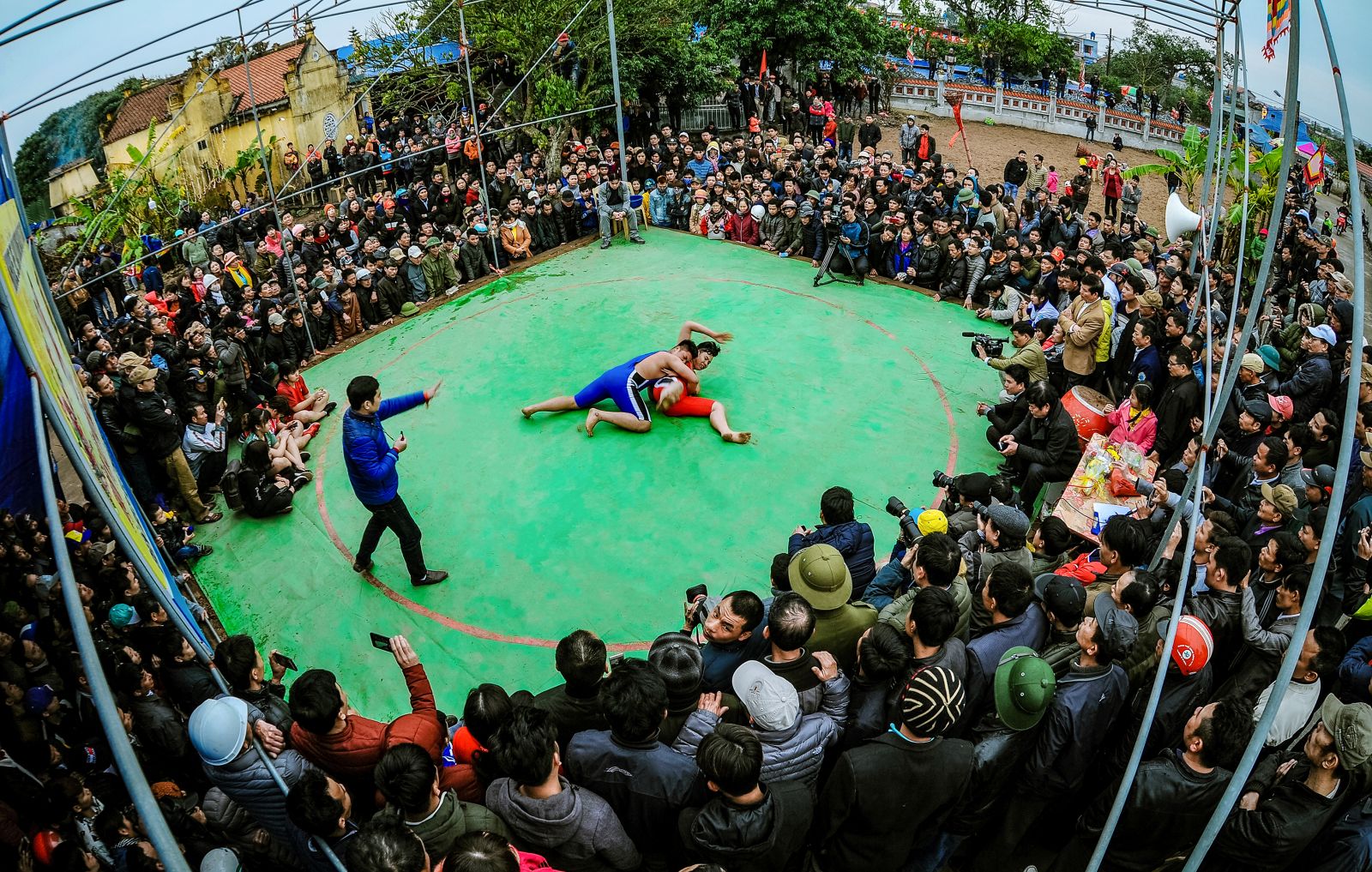
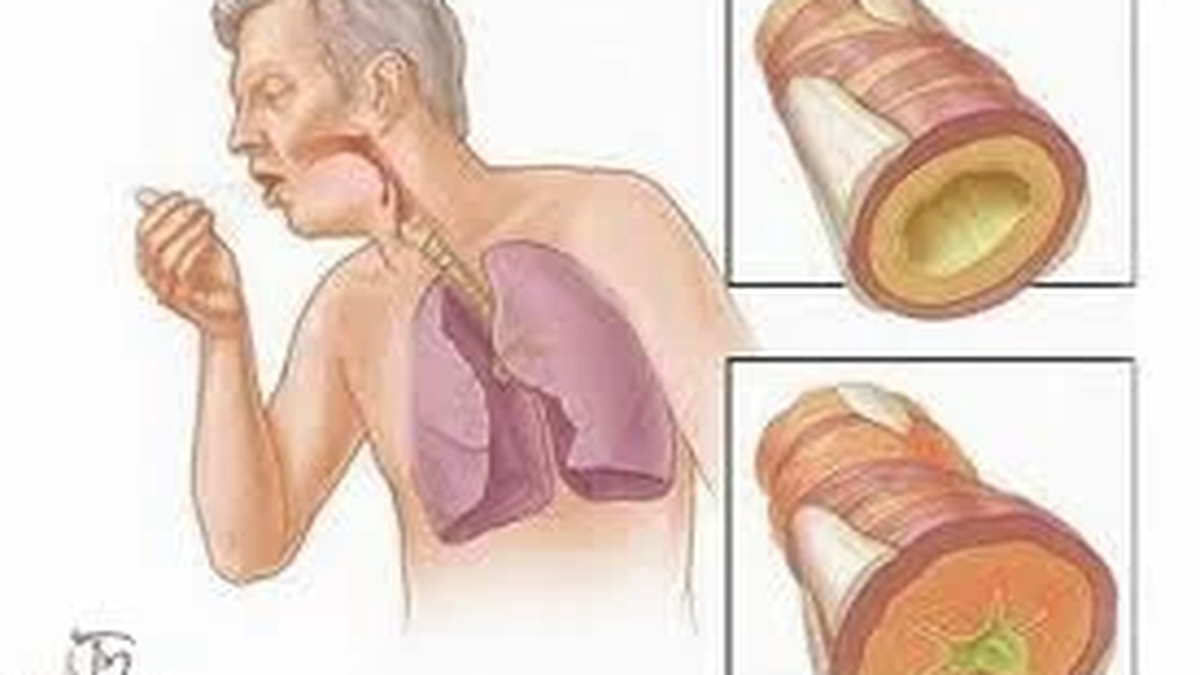

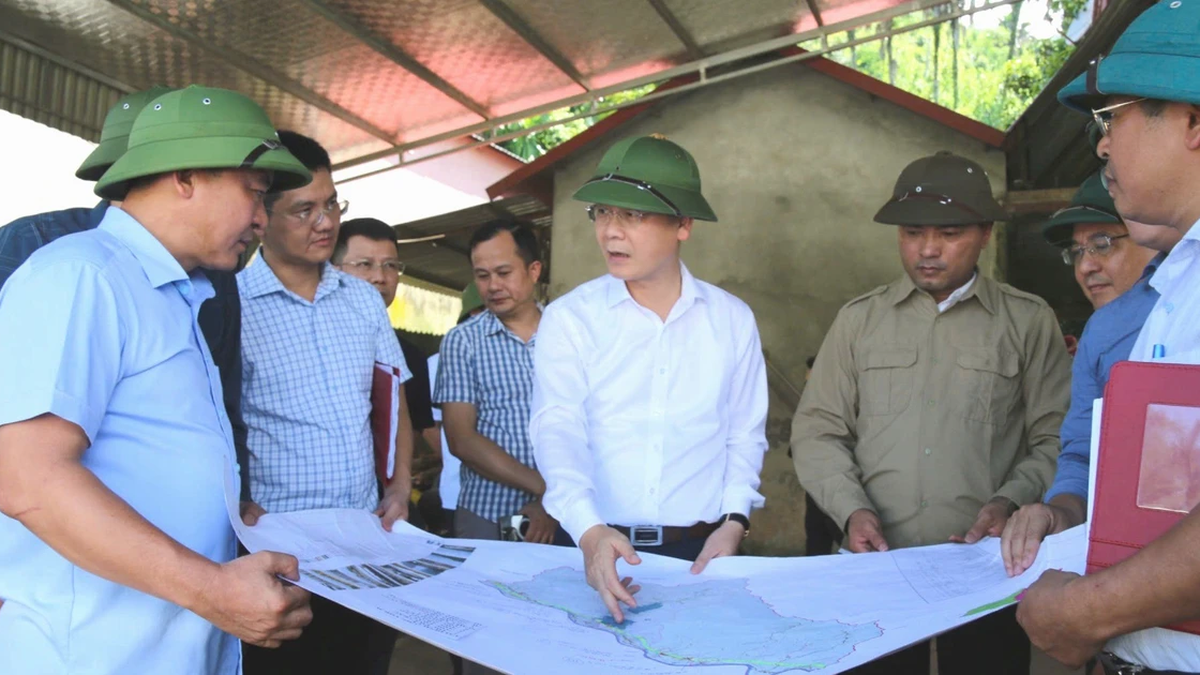

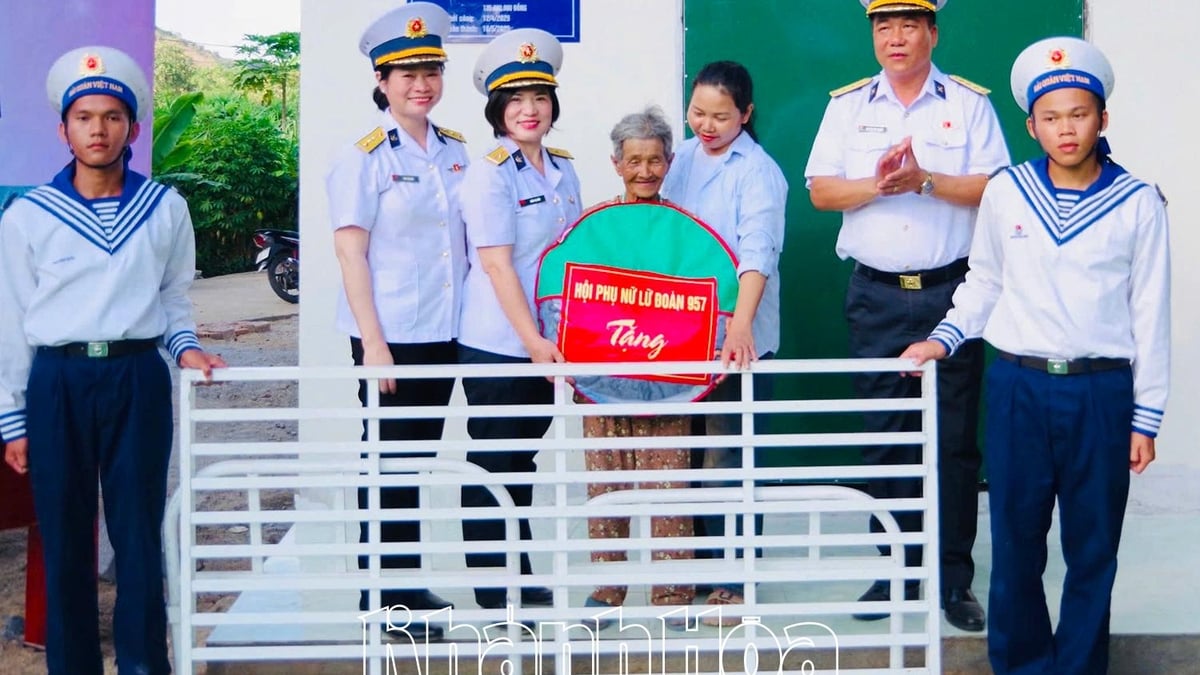






























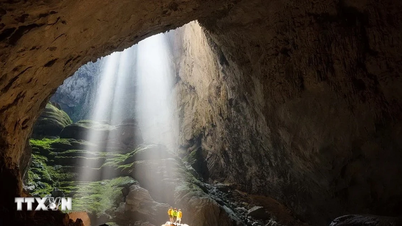

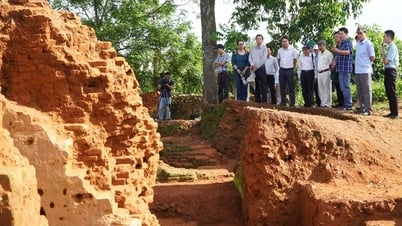






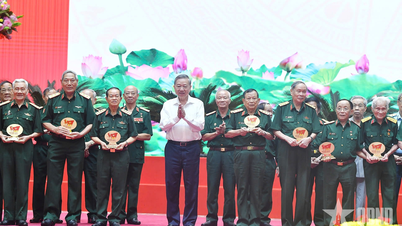

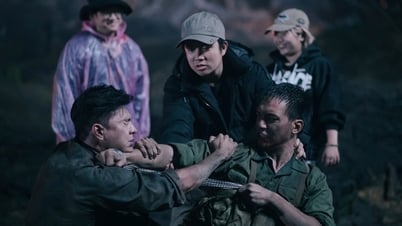











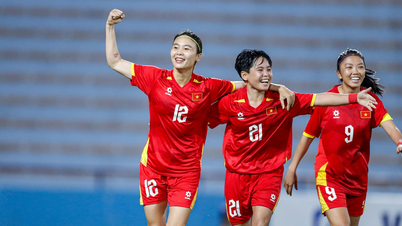






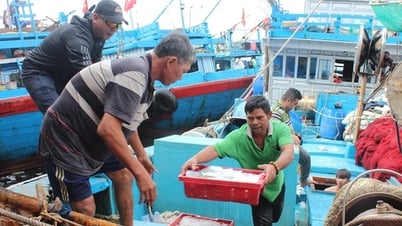




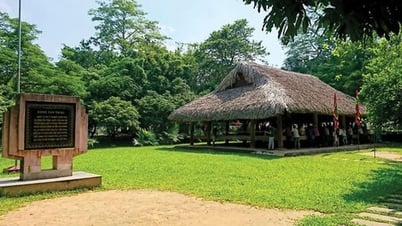


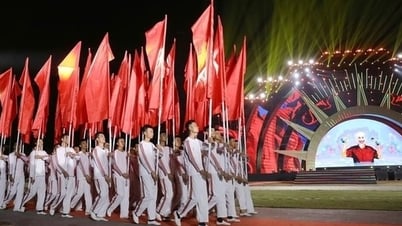
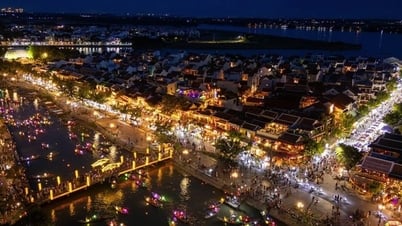







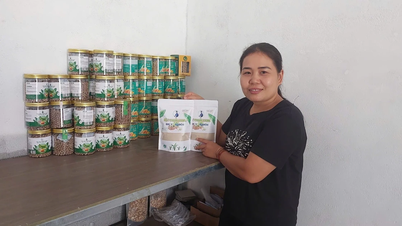

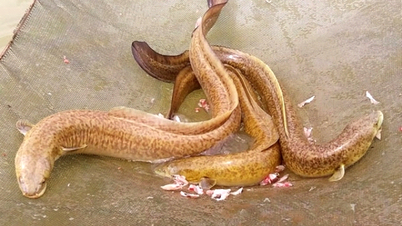








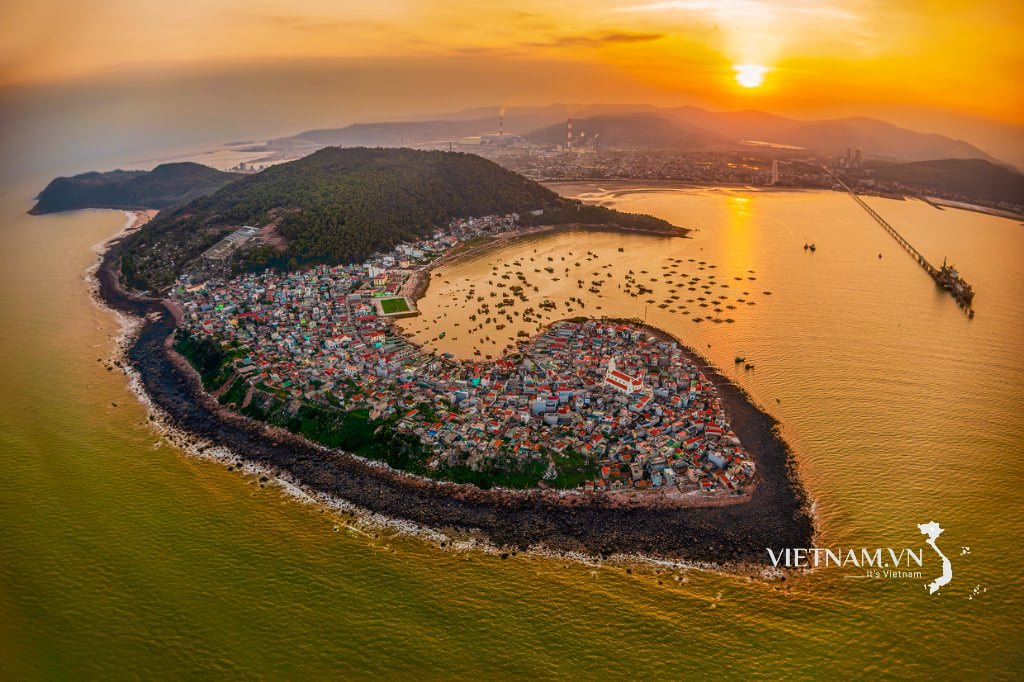
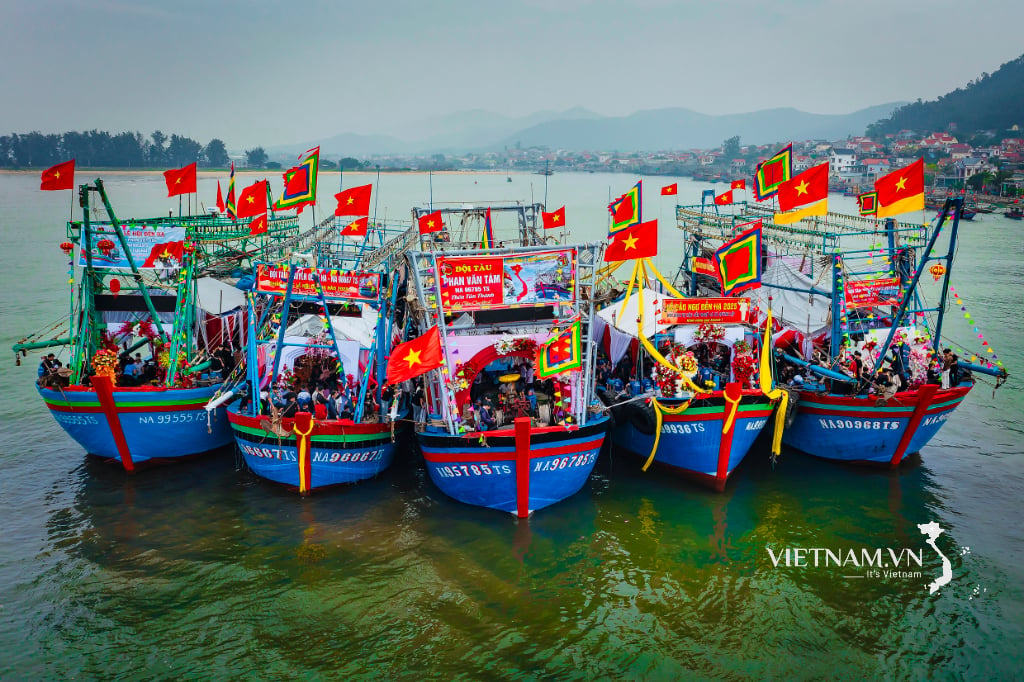
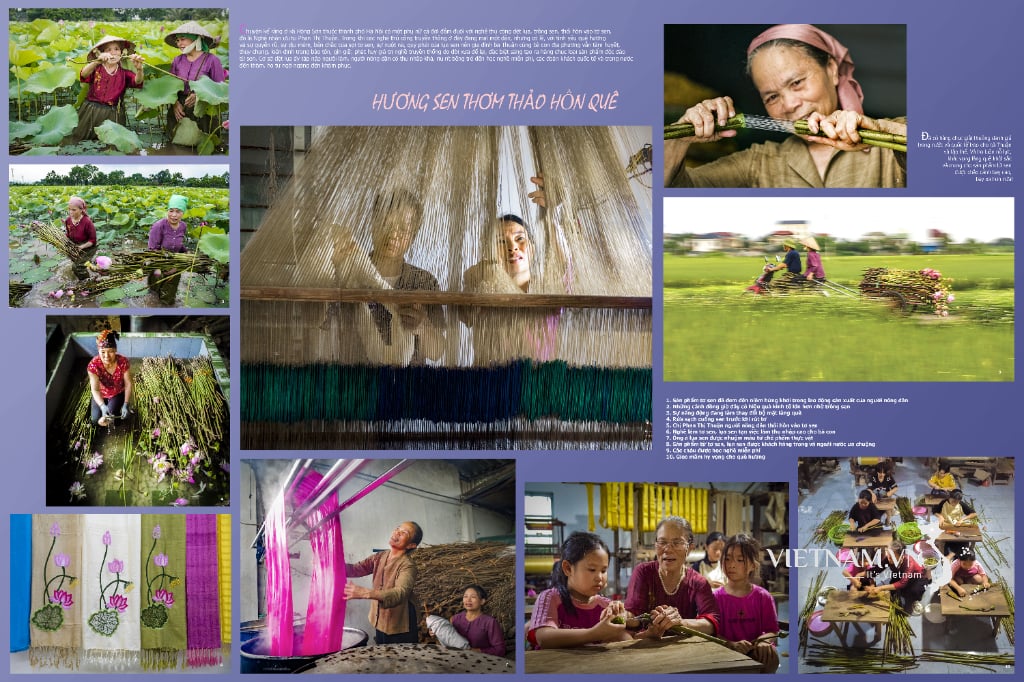
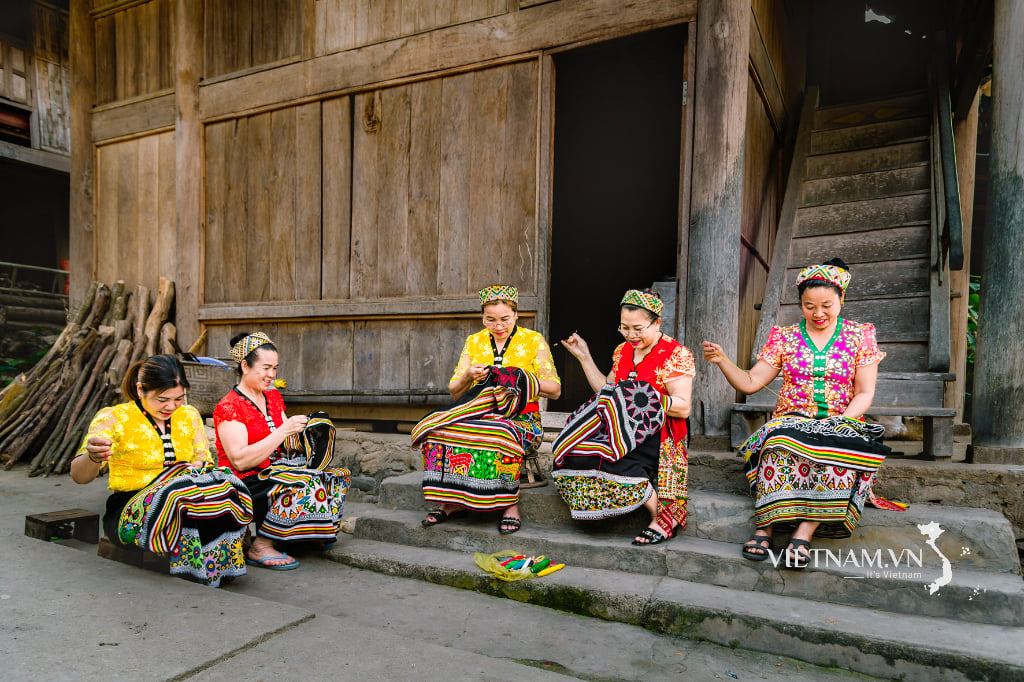
Comment (0)